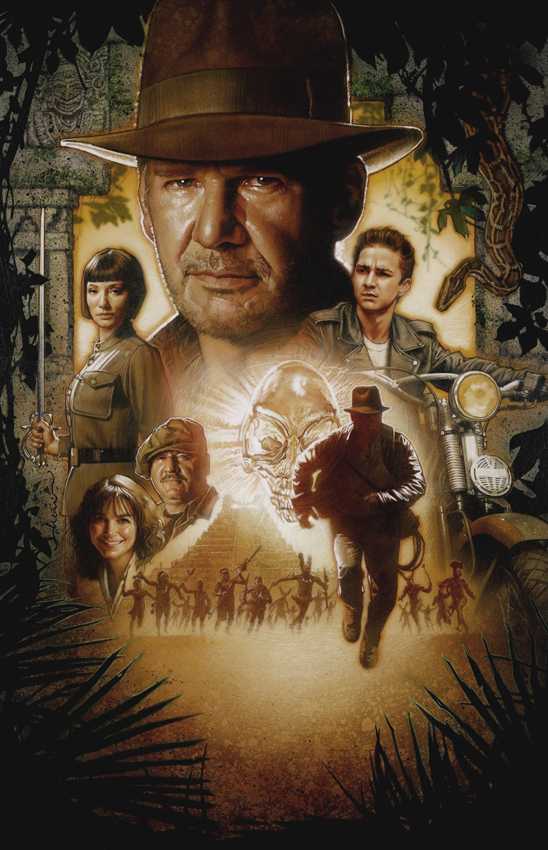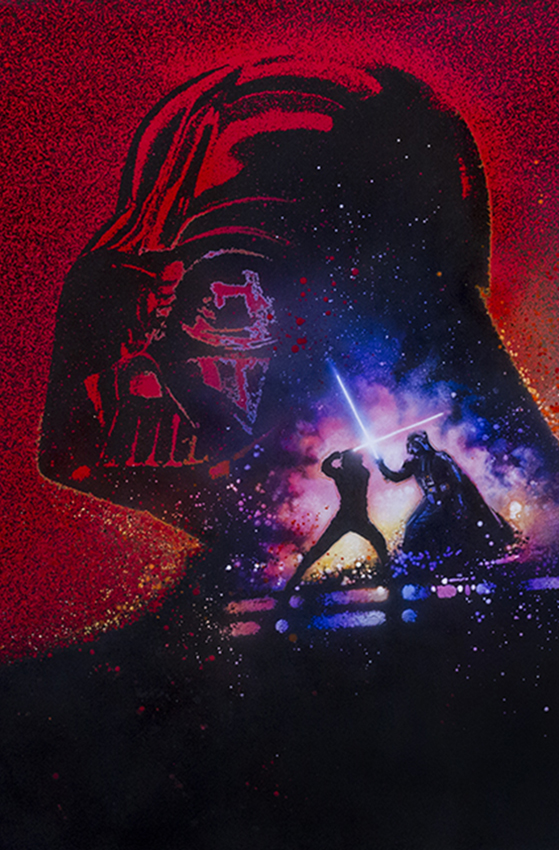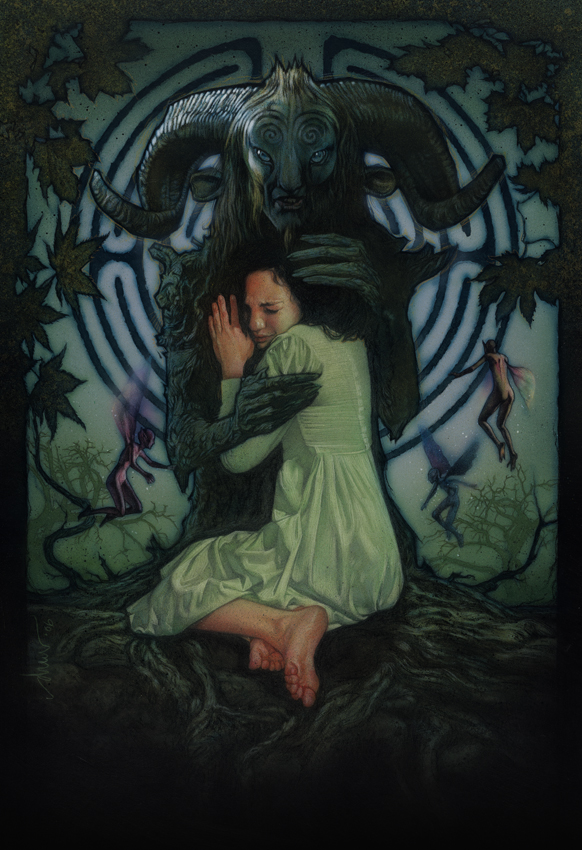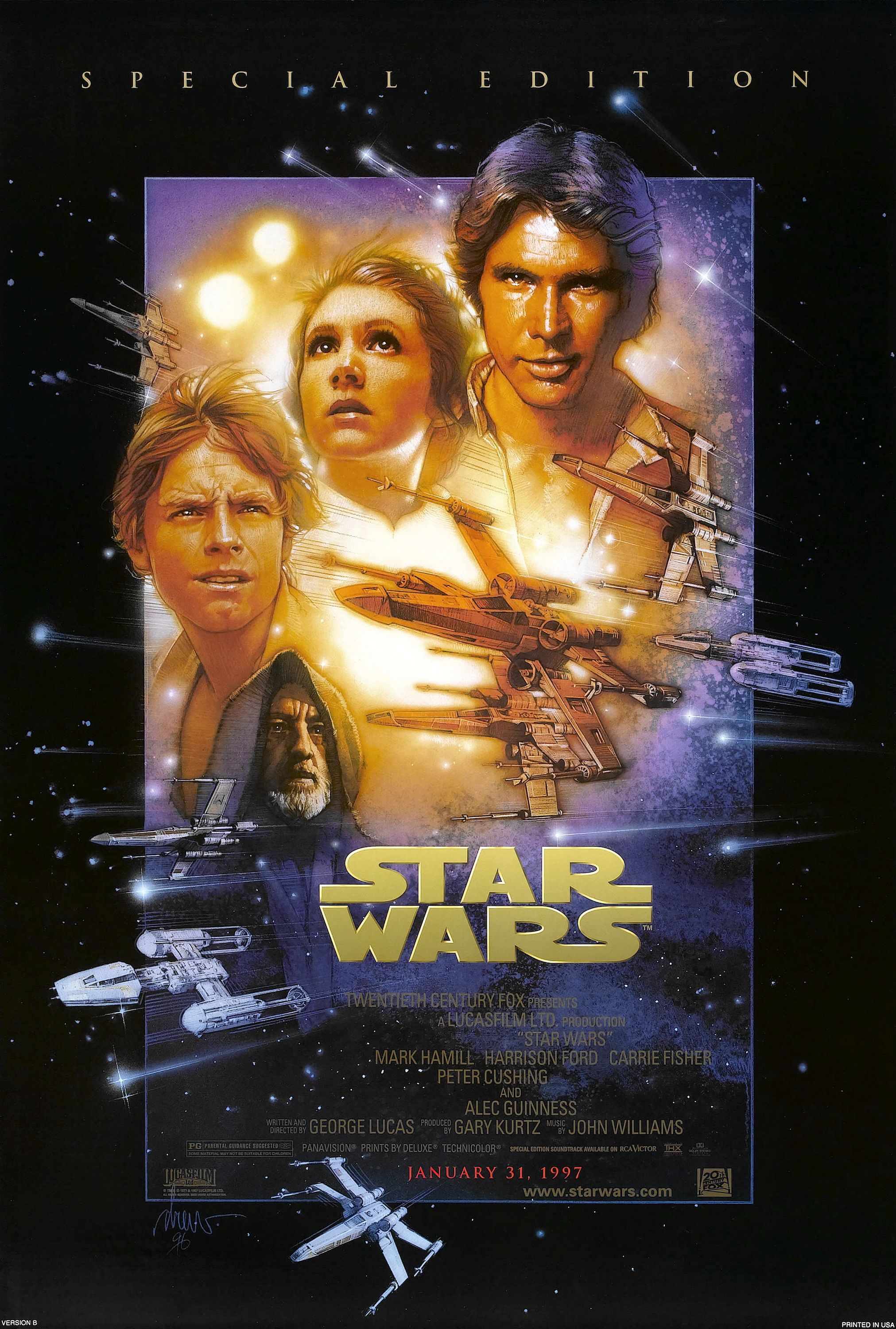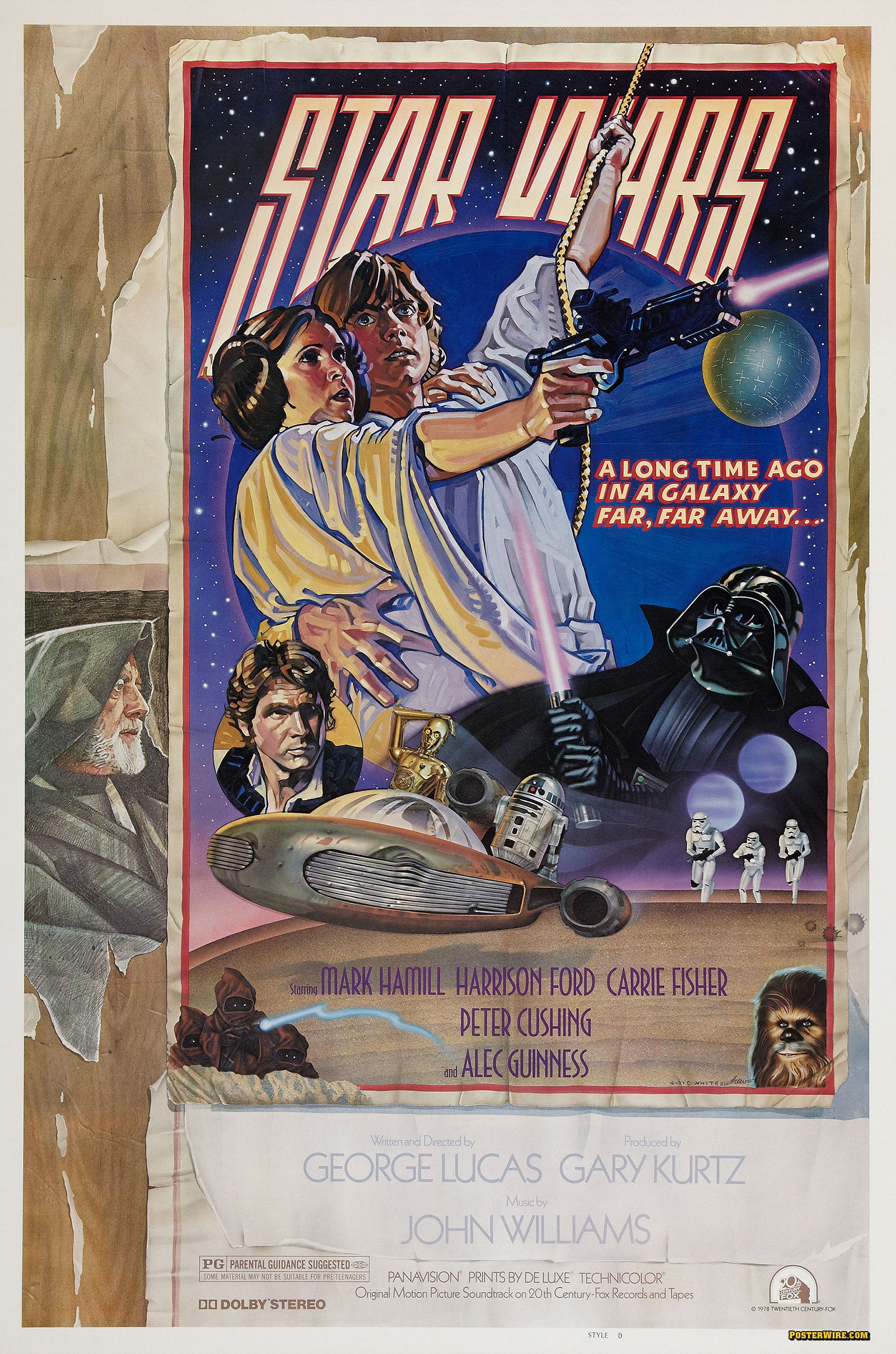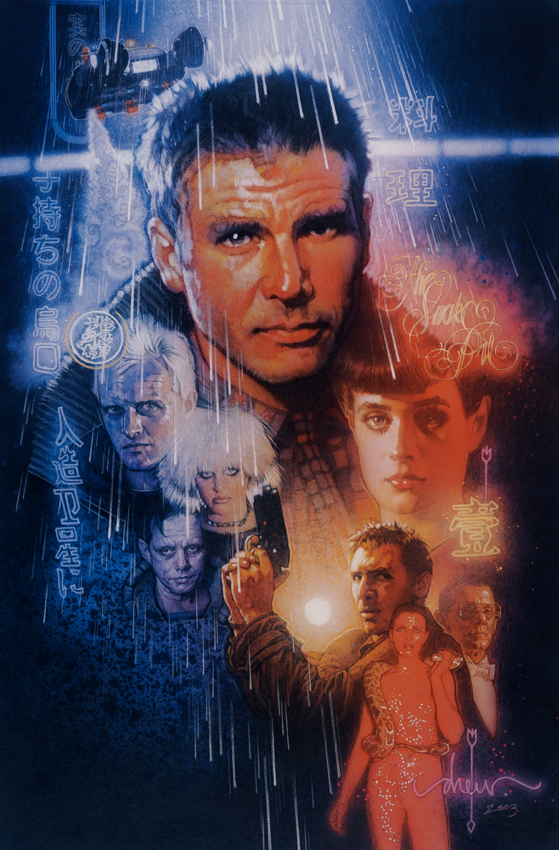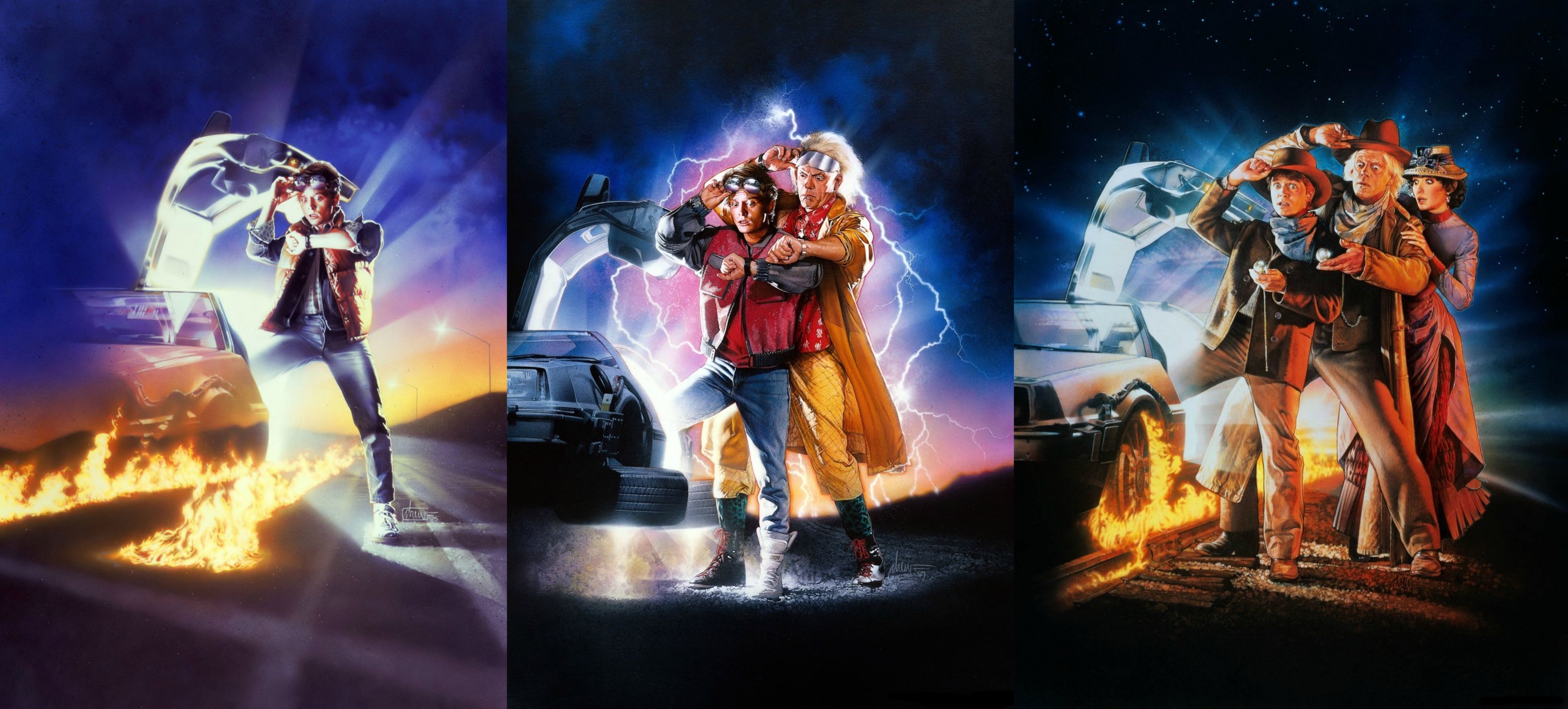The Art: The most iconic movie posters in cinema history
The Artist: Drew Struzan
You probably don’t know his name, but you know his work.
Drew Struzan is not just a brilliant artist, he is also a brilliant marketer, able to capture the essence of a film and translate it onto poster board in a way that is as memorable as the movie itself. No wonder then that his signatures adorns the posters for 150 of the most beloved films of the last 50 years.
It all started when Struzan was a child, sketching on toilet paper because, as he told Olivia Hawkinson in a 1999 interview, “that was the only paper around”. His family was poor, it was his only means of entertainment, and so he worked hard to improve his skills. It wasn’t until he sat down with a counselor that he started considering illustration as a career.
While his peers moved to New York to work in advertising, Struzan remained in Los Angeles, spending the next few years creating album art for the likes of The Beach Boys, Roy Orbison, and Alice Cooper’s Welcome to My Nightmare, which Rolling Stone included in their list of the top 100 album covers of all time.
In the 1970s, he co-founded Pencil Pushers, a poster company that tailored predominantly to b-movie producers. Here, Struzan mastered airbrushing techniques that helped him create highly detailed, striking character art.
It was because of these skills that Struzan was called up by fellow airbrush illustrator Charles White III, who asked him to assist in the production of a re-release poster for the original Star Wars in 1978. The ‘circus’ style poster – created out of necessity after the credit block was found to be too big for the design – was a huge success, and cemented Struzan as a go-to artist for many of Hollywood’s biggest studios and filmmakers.
Over the following 30 years, he would create posters for many of the world’s biggest films, including The Goonies, The Muppet Movie, Blade Runner, E.T. the Extra-Terrestrial, and the Indiana Jones and Back to the Future franchises. Produced over incredibly short periods of time (the art for John Carpenter’s The Thing was created in 24 hours) the posters were so good that, in several cases, they proved even better than the films they portrayed.
“I had to almost live up to the art that we were later going to ask Drew to create for the poster”, joked Steven Spielberg in the 2013 documentary Drew: The Man Behind the Poster.
As interest in hand-painted posters waned throughout the 90s, Struzan moved into other mediums, including comics and collectables. In a 2011 interview with Top 10 Films, he lamented the industry’s transition to digital design.
“I love the texture of paint made of colored earth, of oil from the trees and of canvas and paper. I love the expression of paint from a brush or a hand smearing charcoal, the dripping of paint and moisture of water, the smell of the materials. I delight in the changeable nature of a painting with new morning light or in the afternoon when the sun turns a painting orange or by firelight at night. I love to see it, hold it, touch it, smell it, and create it. My gift is to share my life by allowing others to see into my heart and spirit through such tangible, comprehensible and familiar means. The paint is part of the expression.”
Struzan retired in 2008, but his work remains as memorable as ever. Scroll down to see some of his most memorable posters, and an interview which offers a rare look inside his home studio.
